This beautiful and durable 1000ml PE bottle is ideal for toiletries. Made of hig...
Empty Shampoo and Conditioner Bottles Manufacturers
-
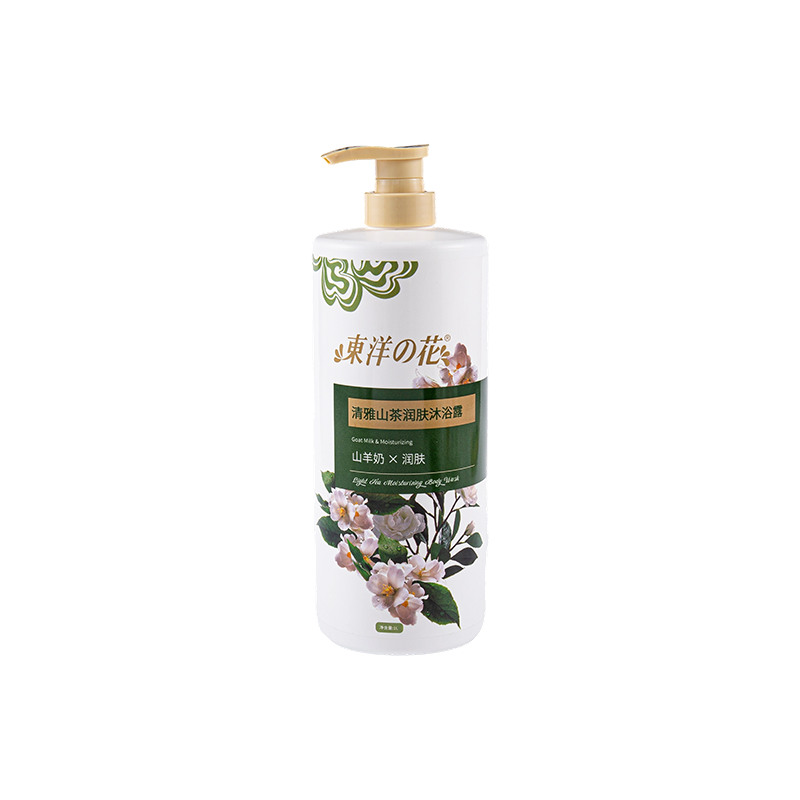
-
 80ml safe and chemical-resistant PP bottle
80ml safe and chemical-resistant PP bottleThis 80ml safe and chemical-resistant PP bottle is an ideal companion for hair d...
-
 500ml PE hair care bottle
500ml PE hair care bottleThis 500ml PE hair care bottle is a practical choice for storing and storing hai...
-
 80ml safe and chemical-resistant PP bottle
80ml safe and chemical-resistant PP bottleThe 80ml safe and chemical-resistant PP bottle is a practical packaging containe...
-
 500ml convenient shampoo PE bottle
500ml convenient shampoo PE bottleThe 500ml convenient shampoo PE bottle is a practical packaging solution designe...
-
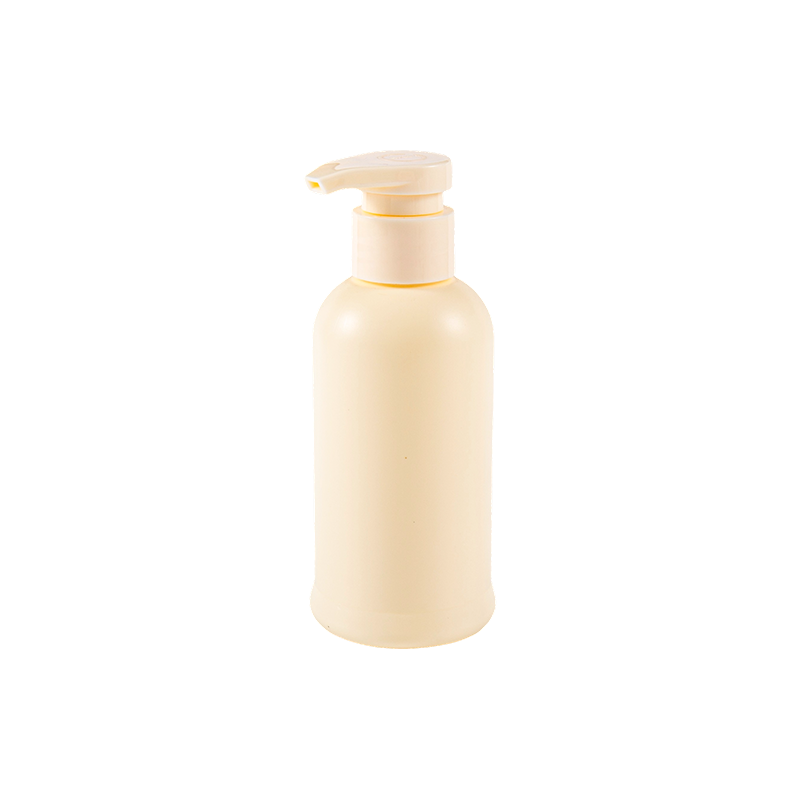 380ml simple milky white shampoo PE round bottle
380ml simple milky white shampoo PE round bottleThe 380ml Simple Milky White Shampoo PE round bottle is a packaging option desig...
-
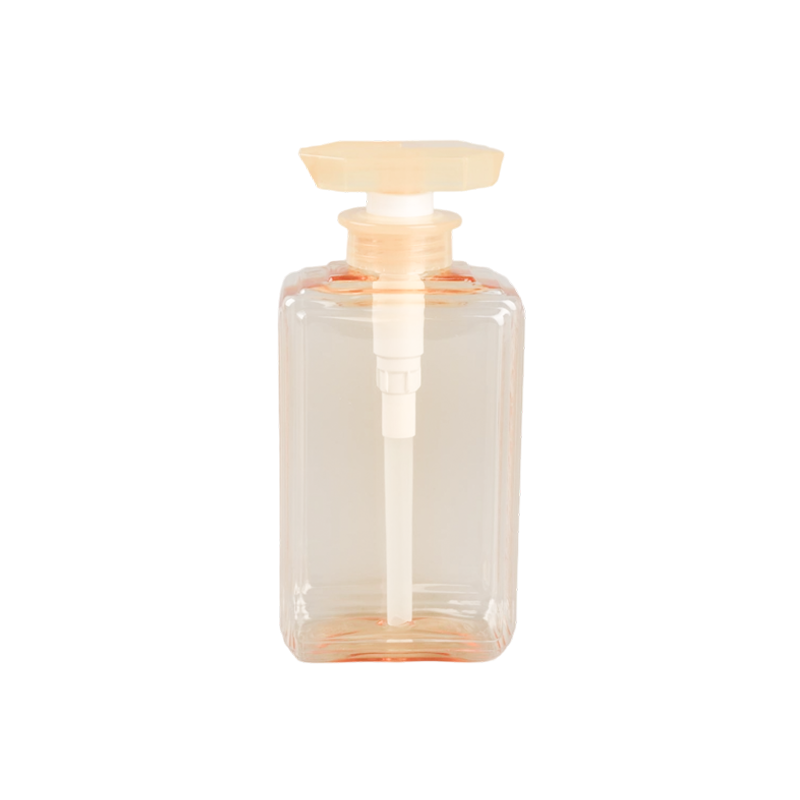 Transparent PET push bottle
Transparent PET push bottleMeet the Transparent PET push bottle, a practical and reliable packaging solutio...
-
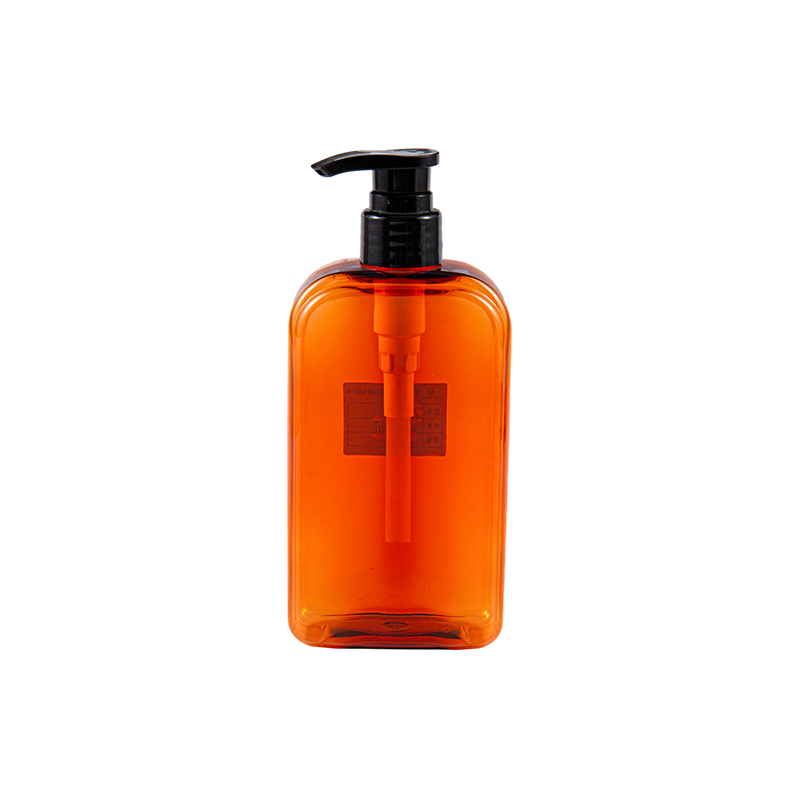 400ml transparent and beautiful PET push bottle
400ml transparent and beautiful PET push bottleThis 400ml transparent and beautiful PET push bottle is made from food-grade PET...
-
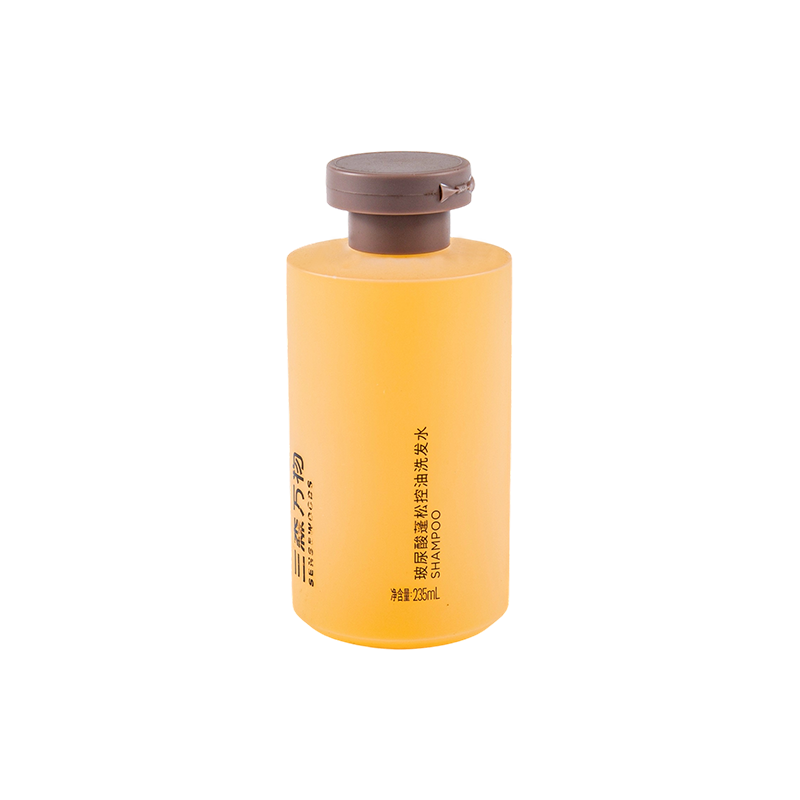 230ml chemical and wear-resistant PP round bottle
230ml chemical and wear-resistant PP round bottleThe 230ml chemical and wear-resistant PP round bottle is a practical and reliabl...
A gentle companion for hair care, the bottle and jar design protect the health of every strand of hair. The scalp care bottle accurately controls the amount of essence to avoid wasting precious formulas; the conditioner jar seals and locks in the nourishing ingredients, and you can enjoy a salon-level care experience when opening and closing. The leak-proof design makes bathroom time more relaxed, making each care a beautiful ritual to awaken the vitality of hair.
When it comes to packaging for skincare products like lotions and essences, the right bottle does more than just hold the formula — it enhances the user experience, reflects brand identity, and plays a key role in product effectiveness.Lotion/Essence Bottles are specially designed to meet the unique needs of liquid skincare products, combining practicality with aesthetic appeal. Most come equipped with precision pumps or drip-proof caps that allow for controlled dispensing, reducing waste and ensuring hygiene. Their lightweight and durable materials — such as high-quality PET or eco-friendly glass — make them both safe and easy to carry. Additionally, many designs offer UV protection to preserve the integrity of light-sensitive ingredients, maintaining the product’s potency over time. Lotion and essence bottles are incredibly versatile. They are widely used for daily moisturizers, serums, toners, and treatment essences, making them a staple in any skincare line. Whether it's a minimalist design for a clean beauty brand or a luxurious glass bottle for premium products, these containers can be customized in shape, size, and color to align with your brand image. It's the first thing customers notice, the tool they use every day, and a reflection of your brand’s values. Invest in packaging that protects your product, delights your customers, and elevates your brand presence on shelves and online.
Suzhou Brotherpacking Plastic Co., Ltd. , established in 2013, is a professional manufacturer specializing in custom plastic packaging for the daily chemical industry. As Plastic Shampoo Bottle Manufacturers and Custom Plastic Conditioner Bottles Factory, with a fully integrated production system — including in-house mold design, product development, injection and blow molding, labeling, and final assembly — we serve a wide range of packaging needs for skincare, haircare, body care, and home care brands. Our facility includes an independent mold workshop, high-speed CNC machines, over 50 injection machines and 30+ blow molding machines, supporting multiple material types such as PE, PP, PET, and PETG. Products are exported across Europe, the Americas, and Southeast Asia. Support Wholesale Empty Shampoo and Conditioner Bottles. At BrotherPack, we uphold the spirit of craftsmanship and continuous improvement, delivering high-quality, flexible, and scalable packaging solutions trusted by global clients.
-
25+
Years of Industry Experience
-
20000㎡
Manufacturing Facility
-
150+
Skilled Employees
-
100+
Advanced Production Machines
-
1. Choosing the Right Disinfectant Spray Bottle Picking an appropriate disinfectant spray bottle begins with matching bottle material and nozzle design to the chemical you plan to use. Common bottle materials include PET, HDPE, and simple glass-lined options—each has specific chemical compatibilitie...
READ MORE -
Shower gel has become an indispensable part of our daily hygiene routines. While much attention is paid to the ingredients and fragrance of shower gels, one often overlooked component is the container that holds it—the Shower Gel Plastic Bottle. The durability of these bottles is crucial, not just f...
READ MORE -
Overview: What "Plastic Cream Jars" Mean for Cosmetics Plastic cream jars are the primary refillable or single-use containers used for creams, balms, gels and high-viscosity skincare products. They vary by polymer type, closure, capacity and finishing—each attribute affecting product stability, bran...
READ MORE
Surface finish and tactile branding for Plastic Shampoo Bottle and Plastic Conditioner Bottles
Surface finish is a primary brand touchpoint: matte textures communicate softness and premium care, high-gloss conveys clinical clarity, and soft-touch coatings create a velvety hand-feel that aligns with luxury positioning. When specifying finishes for Empty Shampoo and Conditioner Bottles, request ASTM abrasion-resistance data for each coating option and run a consumer abrasion simulation (2,000 rub cycles) to confirm colorfastness. For tactile branding, design texture zones—such as micro-embossed logos or grip panels—that align with natural hand placement during dispensing; validate these with prototype user tests in wet conditions to ensure feel and slip resistance meet expectations.
Color management and printing choices for consistent shelf presentation
Color consistency across production batches is critical for brand recognition. For Plastic Shampoo Bottle and Plastic Conditioner Bottles, choose between in-mold labeling (IML) for full-coverage imagery, rotogravure or flexo printing for direct decoration, and shrink-sleeves for 360° coverage. Specify Pantone targets and request first-article color swatches using the actual resin and any masterbatch or PCR content planned for production. When using PCR blends, anticipate shifts in tint and require color correction samples at target PCR percentages to avoid costly retooling.
Functional customization: pumps, flip-tops, and one-handed ergonomics
Selecting the right dispensing system directly impacts user experience. For one-handed operation, choose pumps with a low actuation force (<= 7N) and a short stroke length to reduce wrist fatigue; test dose repeatability at different angles to simulate real use in the shower. Flip-tops should use a snap geometry that resists accidental opening under pressure and provide a defined tactile click for perceived quality. When retrofitting a brand onto generic Empty Shampoo and Conditioner Bottles, always confirm neck finish standards (e.g., 24/410, 28/410) and request pump compatibility matrices from both bottle and pump suppliers.
Quick checklist for dispenser selection
- Measure actuation force and stroke length across 10 samples to determine average ergonomics.
- Validate leak-proof performance under 0.3 bar differential for travel-ready SKUs.
- Confirm chemical compatibility of pump elastomers with surfactant-heavy formulas.
Anti-slip texture engineering for wet-environment handling
Anti-slip features on Plastic Shampoo Bottle designs are engineered via controlled micro-patterns or macro ribs, each chosen based on expected hand contact area and product volume. Micro-embossing increases friction without visually altering brand artwork; ribbing provides a stronger mechanical anchor for larger hands or when using conditioners with slippery residues. Specify texture depth (0.1–0.6 mm typical) and confirm demolding draft angles to prevent flash lines. Prototype textures must be evaluated with wetted hand-testing and surface-tension analysis to ensure grip performance doesn't degrade over repeated use.
Material selection trade-offs: PET, PE, PP and PCR blends for shampoo packaging
Material choice affects clarity, chemical resistance, rigidity, and recyclability. PET provides high clarity for transparent brand presentations but can have limited resistance to certain solvent-based additives. HDPE and LDPE offer toughness and excellent resistance to oily conditioners, while PP enables more heat-resistant caps and closures. Incorporating PCR reduces virgin resin demand but can affect mechanical properties and color—require supplier-provided mechanical test data (tensile strength, Izod impact) for planned PCR percentages to ensure structural integrity at target fill volumes.
| Material | Strengths | Constraints | Recommended use |
| PET | High clarity, good barrier for water-based formulas | Less oil resistance | Transparent shampoo displays, premium serums |
| HDPE / LDPE | Durable, oil-compatible, flexible | Opaque, limited gloss | Large conditioner jars and family-size bottles |
| PP | Heat-stable, good for caps and closures | Moderate clarity | Caps, flip-tops, and pump collars |
Decoration compatibility and post-processing limits for Empty Shampoo and Conditioner Bottles
Decoration methods—such as pad printing, hot stamping, silk-screen, and shrink-sleeves—have different adhesion and thermal constraints depending on base material. PET tolerates thermal sleeve application well but may require pre-treatment for pressure-sensitive labels. HDPE often needs corona treatment to improve ink wetting and label adhesion. For metallic or soft-touch finishes, run abrasion, steam, and humidity tests to ensure long-term durability in bathroom environments, and request adhesion pull-test results from your decoration partner.
Filling, assembly and logistics considerations for scalable customization
Customization at scale requires alignment between bottle tooling, filling equipment, and assembly torque settings. Choose bottle designs with consistent wall thickness and balanced cooling to maintain weight tolerance for automated filling accuracy. Specify pump torque ranges and document them in an assembly SOP to prevent over-compression or leaks. For international distribution, verify performance under transport simulations (vibration, drop, and pressure differential) and confirm packaging density to optimize freight costs while protecting the finished Plastic Shampoo Bottle SKUs.
Supplier validation checklist
- Request first-article samples with actual decoration and assembled pumps for fit and function verification.
- Obtain material certificates, OTR/WVTR data, and PCR content declarations where applicable.
- Confirm supplier capacity for tool maintenance, MOQ, and expected lead times for iterative runs.
Customizable Plastic Shampoo Bottle and Plastic Conditioner Bottles are a convergence of material science, decoration strategy, dispensing ergonomics, and supply-chain coordination; thoughtful specification and rigorous prototyping ensure the final SKU embodies brand identity while performing reliably in daily haircare rituals.

 English
English Español
Español




